Just like the hula hoop, the yo-yo emerged as a staple of school playgrounds from the 60s to the 80s. Weighted plastic discs on the end of a length of string - safety hazard? Of course. But this never stopped us crazy kids...
Apparently, it never stopped the ancient Greeks, either. It was in Greece that the oldest known yo-yo was discovered, made of turtle skin discs rather than today's plastic. Historians believe they were used as part of a child's coming-of-age ceremony and were routinely offered up to Greek gods. It comes as no surprise then that the yo-yos were decorated with mythological drawings rather than dog-eared stickers more recently favoured. Historians have also claimed that a yo-yo-like device was used by people in the Philippines during the 16th Century as a hunting tool with a rock on the end of a very long piece of rope.
It wasn't until the 18th Century that Europeans first had a chance to get their mitts on a yo-yo. It was particularly popular among nobility, would you believe, and a painting from 1789 depicts King Louis XVII complete with his own yo-yo! And it wasn't just French royalty attempting to 'walk the dog' (see explanation later); The Prince of Wales was a huge fan, too.
Up until this point, the name 'yo-yo' had never been used. Instead, people referred to the toy as the quiz, the incroyable (meaning French Dandy), bandalore and l'emigrette to name but a few. Thankfully, the Americans stepped in and Pedro Flores opened the first ever yo-yo company in California. The name 'yo-yo' which Flores is also responsible for giving us, comes from the Filipino word for spring. Instead of tying the string to a weight on the end, Flores advanced the yo-yo design by having a hand-carved round of wood with a length of string looped around the axle to allow various movements to be accomplished among anyone with a bit of time on their hands.
In a stroke of business genius, a man called Donald Duncan saw the yo-yo's potential and decided to invest. He first arranged the yo-yo trademark, then secured huge advertising deals in return for a number of national yo-yo competitions (which will ring a bell with fans of the hula hoop). As you might imagine, the yo-yo was hitting new heights by this point.
When Duncan moved his yo-yo company to Luck, Wisconsin in 1946, he was producing at a rate of 3600 yo-yos per hour! A total of 45 millions yo-yos had been sold, amounting to more than one to each kid in the country. But there were probems ahead for Duncan, when his yo-yo trademark was declared void and the design seen as fair game for anyone to copy. As a result, his business went bankrupt. The last ever Duncan design was produced in 1972.
With more competition on the yo-yo market than ever before, makers went all out to make an impression during the 70s. From glow-in-the-dark to yo-yos designed with sophisticated weighting to make tricks easier to achieve, yo-yo devotees were spoilt for choice. The yo-yo with a brain was the (ahem) brainchild of one Michael Caffrey in 1980, designed to automatically return to the user's hand once it slowed to a certain rate of turns.
Even astronauts were interested, and in 1985 the first yo-yo went into space, where it was spun to its usual standard, despite the lack of gravity.
The 90s saw the return of yo-yo contests, as well as the first yo-yo convention in Los Angeles, the founding of the American Yo-Yo Association, plus the use of yo-yos in lessons to help explain various scientific theories. You wouldn't get that nowadays! Techniques to outdo each other were also emerging in school playgrounds and on street corners everywhere. Sleeping is a phrase used to describe when a person is able to hold their yo-yo at the end of the string and keep it there. It requires great control and the ability to slow the yo-yo spin considerably. Looping is essentially the opposite of sleeping. Off-string says what it is in that the yo-yo body is taken off the string and travels through the air before being caught using the length of string. There's quite an art to it, as many of you will, by now, know.
Today, the yo-yo is, as many predicted, bouncing back. The most recent venture being the first transaxle yo-yo, promoted by 80s-inspired pop band, Devo.


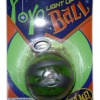
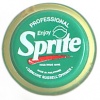
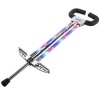

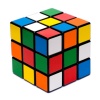
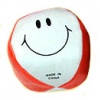
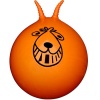


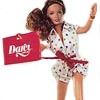
Do You Remember Yo-Yos?
Do You Remember Yo-Yos?